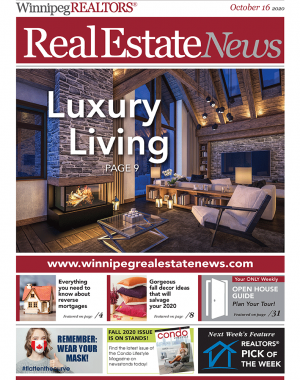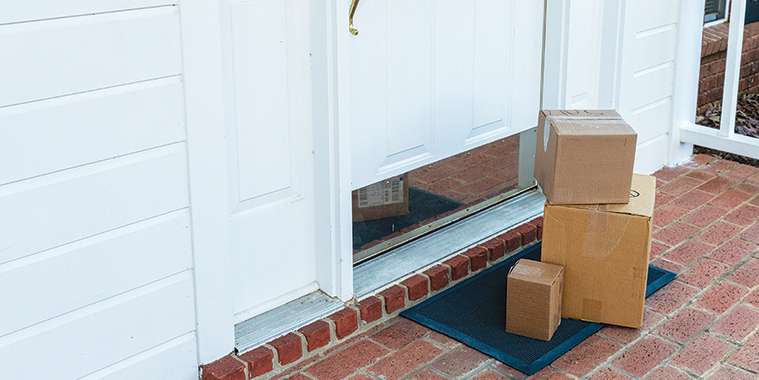As the pandemic drags on and people continue shopping online for more of their day-to-day needs, some high-end buildings are dealing with package overflows so severe that they are looking for ways to expand existing space to make room for all the orders.
Since the start of the spring, both urban and suburban dwellers have tried to minimize trips to the store to help stop the spread of COVID-19. As a result, many are instead ordering things on Amazon or other online retailers and having them delivered to their home. If they live in a unit in a luxury multi-family building, their orders often go to a package room or, as The Agency’s Mauricio Umansky recently called it, a dedicated “Amazon Room.”
“Sometimes I walk by a doorman in the city and I can see that he’s inundated with packages,” Nada Rizk, a broker, told Inman. “In previous years, this happened only around the holidays but now it is ongoing.”
While online shopping has been growing in popularity since the 1990s, the pandemic has pushed many to get things delivered that they would otherwise not order online — from groceries and toilet paper to wine and specialty cocktails. In July, U.S. online sales grew 55 percent compared to the same time period last year.
For years, a package room used specifically for storing residents’ deliveries as they awaited pickup was common in the condos, co-ops and luxury rental buildings of large cities. But many of the older buildings in established neighbourhoods have simply not been built to accommodate such a large influx of online orders. As a result, packages that are not immediately retrieved often pile up in a room or the lobby and place a lot of strain on the staff who have to sort them out.
Rizk said that certain buildings are starting renovations to expand existing mail storage space or even cordoning off part of the lobby as an ad-hoc solution.
“You have both condo and co-op owners scratching their heads and looking for ways to renovate and provide more space for all these deliveries,” Rizk said.
Rebecca Blacker, a real estate agent, told Inman that new clients often want to know about a building’s capacity to manage online deliveries. While it is currently a much bigger concern for owners of the buildings, new buyers also worry about how the building will be able to accommodate their packages and keep them safe until they are retrieved.
“I just sold an apartment and have a new listing in a luxury building that is expanding their package room,” Blacker told Inman. “It’s something that potential buyers seem interested in when I inform them of it.”
With the pandemic and the rise of online shopping, package rooms are now no longer even exclusive to multi-family buildings. Umansky said that some developers and buyers have been building dedicated rooms to store online deliveries in large single-family homes. This functions both as storage space and a separate part of the home in which packages can sit for a few days and become “decontaminated” before any of the residents come into contact with them (coronaviruses can live on cardboard for up to 24 hours).
“That way the mail carriers can leave it in a locked room and the residents don’t have to be home to retrieve or sign for the package,” Blacker said.
In presupposing enough online orders and enough square footage to justify a dedicated separate space inside a home, a single-family package room is perhaps the ultimate luxury. And yet, it is one of many things on developers’ minds as the types of features buyers look for in a luxury home shift amid the pandemic.
But even existing homes in established neighbourhoods can adopt this trend. Formal foyers that were popular 50+ years ago can now become a locked entryway with electronic access for secure delivery storage. Backyard sheds that for the past decade have been converted into man caves and she-sheds can easily become secure storage depots for package deliveries. All you need is an electronic lock and a wifi connection.
Other features that buyers of high-end homes and condos are increasingly asking about include additional offices, increased outdoor space and spare rooms that can be converted for multiple purposes as pandemic-related restriction continue and a family’s needs change.
“Old designs are quickly becoming outdated,” Rizk said. “Developers of new [homes] are certainly accommodating those changes in their design of storage spaces and big lobbies.”
— Inman News



